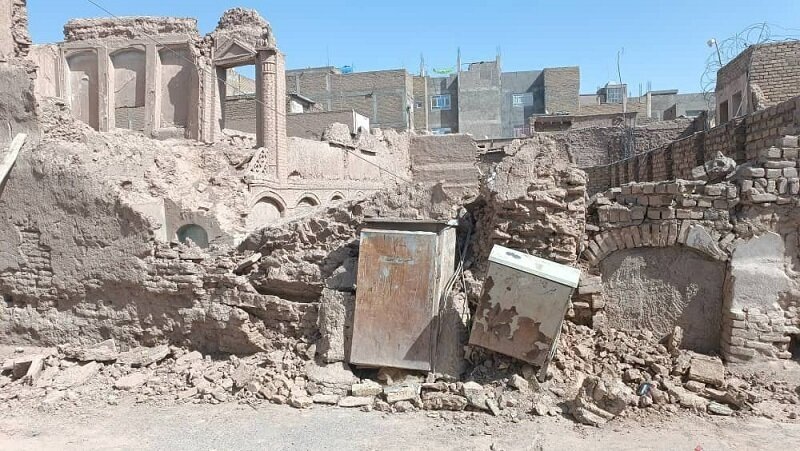Herat fault zone most likely caused Afghanistan earthquakes: expert

TEHRAN - An earthquake with a magnitude of 6.2 occurred on October 7 in Herat Province, Afghanistan, at 11:11 a.m. local time (10:11 a.m. Tehran time). Eight minutes later, an aftershock with a magnitude of 5.6 occurred.
At 11:40; local time, an earthquake, which seems to be the main earthquake in the sequence of earthquakes, occurred in the same area with a magnitude of 6.4.
The last important event shook the region at 12:10 local time with a magnitude of 5.9 in the same area. The epicenter of the first earthquake was 36 km northeast of "Zandeh-Jan". These earthquakes were initially reported at a depth of 7 to 15 km.
Earthquakes have been felt in northwestern Afghanistan, southern Turkmenistan, and northeastern Iran - in Khorasan Razavi and South Khorasan provinces. Initial reports indicate that at least 14 people were killed and 78 people were injured.
The geology of the Herat zone shows that the Herat fault zone (Harirud) was most likely the cause of the earthquakes, Mehdi Zare, a professor of engineering seismology at the International Institute of Earthquake Engineering and Seismology (IIEES) in Tehran, has said.
This fault system stretches from west to east across the country for more than 1,200 km and extends another 300 km into Tajikistan, where it is called the Central Pamir Fault.
The Herat fault is a strike-slip fault with a right-lateral strike-slip movement. Harirud fault (Herat) with a length of 1200 km, and displacement of about 800 meters is attributed to it, based on the change in the location of waterways.
Of course, the slip in the earthquakes of recent earthquakes was mainly compressional and in the direction of the reverse fault. Based on the age of the sediments, they have calculated the amount of displacement of 2 to 3 mm per year on the Harirud fault.
In terms of seismic history, the 819 Balkh earthquake was catastrophic and destroyed a quarter of Balkh.
Balkh was destroyed again in the earthquake of 1410. The Jabal-Siraj earthquake of October 18, 1874, was one of the major earthquakes of the 19th century in Afghanistan and appears to have been associated with a rupture along the Herat fault.
As a result of this earthquake, Jabal Siraj, Golbahar, and parts of the mountain were completely destroyed and cracks were observed.
In the 20th century, a seismographic observatory equipped with a seismograph, the only active observatory in the country, was established in the technical faculty of Kabul University in 1968.
The series of earthquakes in August 1955 in western Afghanistan caused little damage. The Tashqur Khan earthquake (March 19, 1976) along a branch of the Herat fault (magnitude 5.5) killed about fifty people.
The head of public health of Herat province said: "14 dead and 78 wounded are the figures that have been brought to the central hospital so far, but this is not the final figure." We have information that people are buried under the rubble.
In the earthquakes of October 7, residents and shopkeepers fled the buildings around 11 a.m. local time when the earthquake occurred.
Badghis and Herat provinces were affected by this earthquake and some buildings collapsed in this province and some citizens were injured. Some areas of Iran, including Mashhad, have witnessed earthquakes.
Leave a Comment